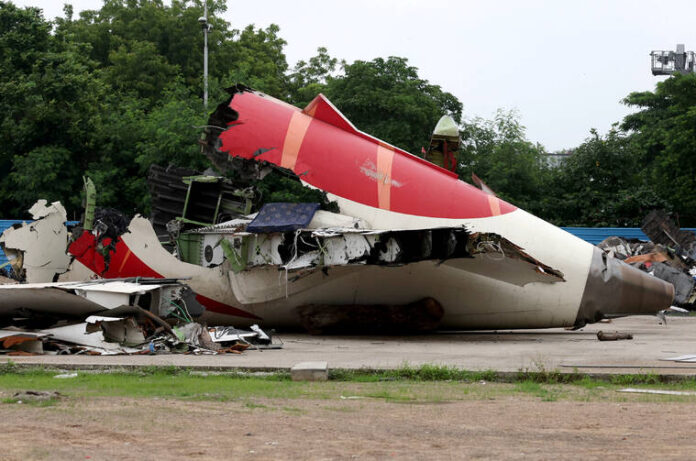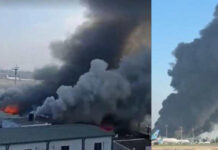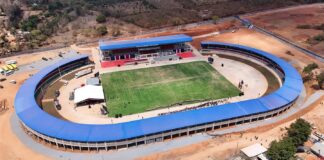
A preliminary investigation into the fatal crash of Air India Flight 171 has shed light on the harrowing final 32 seconds of the Boeing 787 Dreamliner, which went down shortly after takeoff from Ahmedabad airport on June 12. The crash claimed the lives of 241 people on board and 19 on the ground, with only one passenger surviving.
The Aircraft Accident Investigation Bureau (AAIB) report reveals that all systems were functioning normally until lift-off. However, within seconds of becoming airborne, both engine fuel control switches were moved to the ‘cutoff’ position, abruptly halting fuel flow to the engines and causing an immediate loss of thrust.
The fuel control switches, located on the cockpit’s centre console, are secured with spring-loaded locking mechanisms to prevent accidental activation. Experts say a deliberate action is required to move them, a process that cannot occur unintentionally during flight. Investigators have yet to determine how or why both switches transitioned to cutoff within one second of each other.
According to flight data, the aircraft achieved a maximum speed of 180 knots just three seconds after takeoff. Immediately thereafter, the left and right engine fuel switches were moved to cutoff, initiating a rapid power loss. Confusion ensued in the cockpit, with one pilot reportedly asking, “Why did you cutoff?” and the other denying having done so.
The Ram Air Turbine (RAT), which supplies emergency hydraulic power, deployed eight seconds after takeoff. By 13 seconds, the Auxiliary Power Unit (APU) began activating. Efforts to relight the engines began as exhaust gas temperatures rose, a sign of attempted restart. The left engine began recovering, while the right engine struggled to maintain core speed despite repeated fuel injections.
With just six seconds to impact, a distress call, “Mayday, Mayday, Mayday”, was issued. Seconds later, the aircraft crashed into hospital buildings near the airport. The flight data recorders stopped at 13:39:11. Notably, both fuel switches were found in the ‘run’ position at the crash site, suggesting an attempt to restore engine function.
The AAIB continues to investigate the sequence of events, with a final report expected within a year. The aviation world awaits answers to the critical question still unresolved: how and why were the fuel switches moved at such a crucial moment?
Written By Rodney Mbua


















